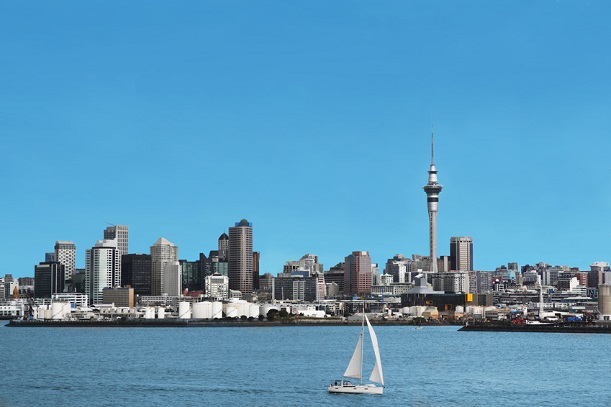LTE’s earliest adopters are struggling to keep up with latecomers whose newer networks offer faster speeds to customers, new research has found.
Network measurement company Open Signal, which has published its latest report into the global LTE market, found New Zealand was the fastest country with LTE, even though it only launched the technology two years ago. Singapore’s StarHub was the fastest network, offering consumers speeds of 38MBps.
South Korea also scored well, with LGT revealed as the operator with the best coverage (97 percent). The country had an overall population coverage of 99.6 percent.
While the developing world was the unsurprising source of the poorest LTE coverage and speeds, the report singled out Three’s operations, both in the UK and Ireland, and Wind in Italy as poor performers.
This contrasts with findings from RootMetrics, which identified Three as one of the best performing networks in the United Kingdom.
[Read more – EE, Three stretching ahead of O2, Vodafone in the UK market, RootMetrics claims]
In Europe, the Netherlands had the best average population coverage for LTE at 80 percent, with KPN offering the most widespread (87 percent).
LTE in Ireland was the sparsest in Europe at 44 percent, with Three the poorest performer (38 percent) among the country’s three operators.
However, Free Mobile was deemed the worst operator in Europe for LTE coverage. The report said: “Iliad’s Free Mobile may be challenging the French powers-that-be on price, but its LTE time coverage ranked lowest in Europe at 26 percent.”
Romania was the best performing European country for downloads, offering speeds of 30MBps. It sat in third place behind Singapore (33 percent) and New Zealand (36 percent). The report said Vodafone and Orange’s early adoption of LTE-Advanced was behind the strength of the country’s networks.
Georgia offered the worst LTE speeds across the continent, with customers lucky to get an average of 9MBps.
The report, which sampled more than 320,000 LTE users worldwide, said there had been a notable increase in speeds, as operators upgrade their networks and begin to roll out LTE-Advanced.
However, it said this was having a knock on effect on operators that had legacy LTE networks.
It said: “Some of the earliest adopters of LTE – like the US, Japan, Sweden and Germany – are starting to fall behind in terms of data performance. In part, these older networks are suffering from their own success. In the US, for instance, LTE’s introduction in 2010 resulted in a huge base of LTE subscribers in the country today. Those subscribers are all competing for the same network resources, slowing down average speeds.
“In comparison, newer networks in South America and Europe are more lightly loaded. But the US has also failed to keep up with the rest world in both spectrum and technology.”




